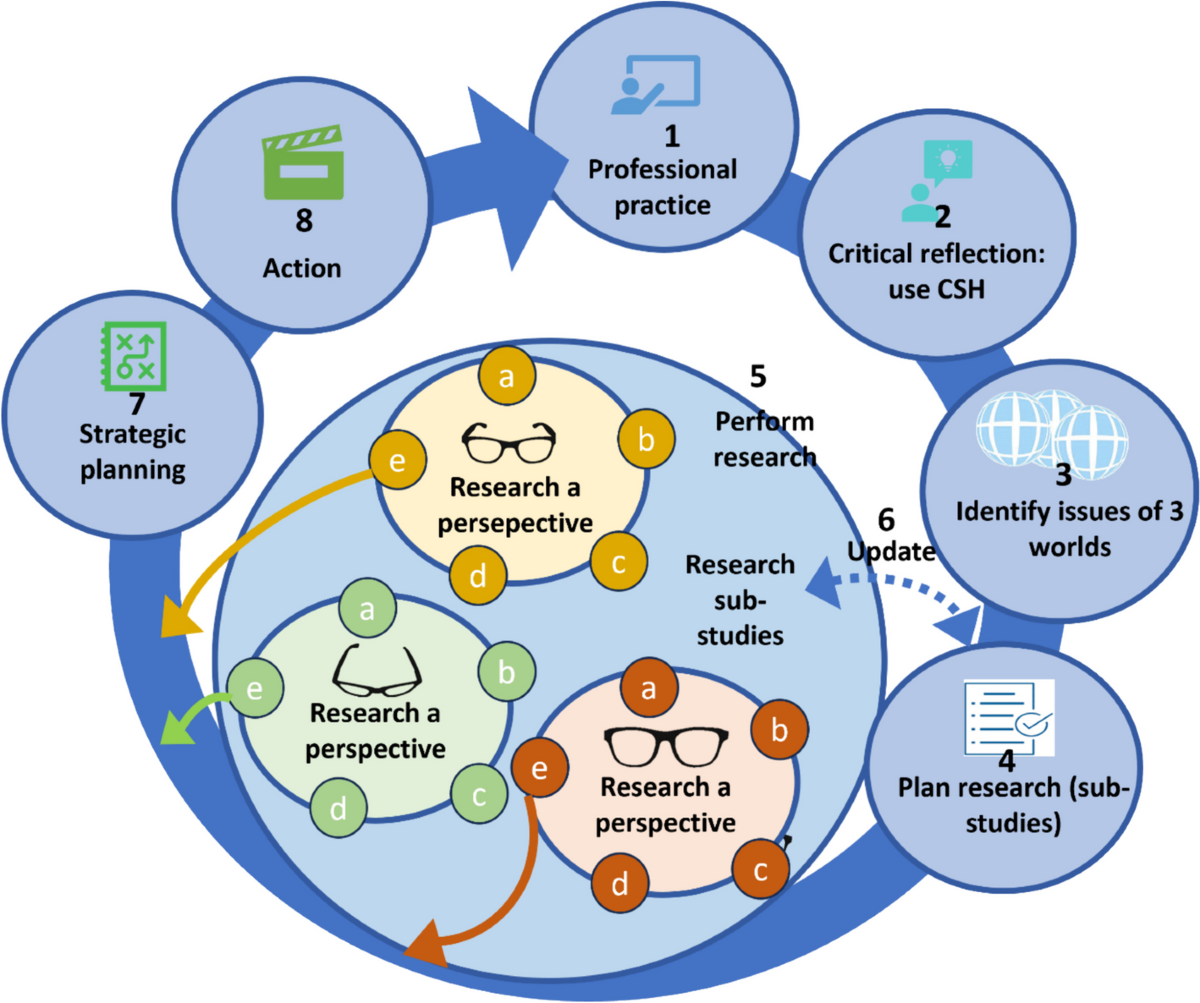Basic Statistics in Sociological Research
### Basic Statistics in Sociological Research
In sociological research, statistics play a fundamental role in analyzing data, uncovering patterns, and making generalizations about social behaviors, structures, and processes. Basic statistical methods allow sociologists to summarize large sets of data, determine relationships between variables, and make informed decisions based on empirical evidence. Below is an overview of key statistical concepts and techniques commonly used in sociological research:
### 1. **Descriptive Statistics**
Descriptive statistics summarize or describe the main features of a dataset. They provide an overview of the data through measures of central tendency, dispersion, and frequency distribution. The primary tools of descriptive statistics include:
#### a. **Measures of Central Tendency**
These measures indicate the central or typical value in a dataset:
- **Mean (Arithmetic Average):** The sum of all values divided by the number of observations. The mean is useful for understanding the overall trend in data, but it is sensitive to extreme values (outliers).
- **Median:** The middle value when data are arranged in ascending or descending order. The median is particularly useful when dealing with skewed data or outliers, as it gives a better sense of the "middle" without being affected by extreme values.
- **Mode:** The most frequent value in a dataset. The mode is used in categorical data or when you need to identify the most common response or outcome in a dataset.
#### b. **Measures of Dispersion (Variability)**
These measures assess how spread out the data are:
- **Range:** The difference between the highest and lowest values in the dataset. While easy to compute, the range can be influenced heavily by outliers.
- **Variance:** The average of the squared differences from the mean. It gives a sense of how much individual data points deviate from the mean.
- **Standard Deviation:** The square root of the variance, providing a measure of dispersion in the same units as the data. A low standard deviation means that data points tend to be close to the mean, while a high standard deviation indicates greater variability.
- **Interquartile Range (IQR):** The range of the middle 50% of the data, calculated as the difference between the 75th percentile (Q3) and the 25th percentile (Q1). It is resistant to outliers and useful for comparing the spread of different datasets.
#### c. **Frequency Distribution**
Frequency distribution describes how often different values or categories occur in a dataset. Sociologists often use tables, histograms, or bar charts to represent frequency distributions, allowing them to visualize patterns and trends in data, especially in categorical or ordinal data.
### 2. **Inferential Statistics**
While descriptive statistics help summarize data, **inferential statistics** allow sociologists to make generalizations or inferences about a population based on a sample. Inferential statistics involve hypothesis testing, estimation, and determining the likelihood that a result found in a sample applies to the larger population.
#### a. **Sampling**
Sociological research often deals with large populations, making it impossible to collect data from every individual. A **sample** is a subset of the population, and **sampling methods** (e.g., random sampling, stratified sampling, convenience sampling) are used to select participants. In inferential statistics, the goal is to make conclusions about the broader population from the sample data.
#### b. **Hypothesis Testing**
Hypothesis testing involves making claims about a population parameter (such as the mean) and using sample data to test these claims. The basic steps are:
- **Null Hypothesis (H₀):** A statement that there is no effect or no relationship between variables. For example, "There is no relationship between education level and income."
- **Alternative Hypothesis (H₁):** A statement that contradicts the null hypothesis, suggesting an effect or relationship exists. For example, "Higher education levels lead to higher income."
- **Significance Level (α):** A threshold (often 0.05) that determines when to reject the null hypothesis. If the p-value (probability of obtaining the observed results under the null hypothesis) is lower than α, the null hypothesis is rejected.
- **Type I and Type II Errors:** A **Type I error** occurs when the null hypothesis is wrongly rejected (false positive), while a **Type II error** occurs when the null hypothesis is not rejected despite being false (false negative).
#### c. **T-tests and ANOVA**
- **T-test:** Used to compare the means of two groups to determine if they are statistically different. For instance, it can be used to test whether the mean income of men differs significantly from that of women.
- **Analysis of Variance (ANOVA):** An extension of the t-test, ANOVA is used when comparing the means of three or more groups. For example, sociologists can use ANOVA to examine whether educational achievement varies across different socioeconomic groups.
#### d. **Correlation and Regression**
- **Correlation:** A statistical measure (denoted as 'r') that describes the strength and direction of a relationship between two variables. Correlations can range from -1 to +1, where +1 indicates a perfect positive relationship, -1 indicates a perfect negative relationship, and 0 indicates no relationship.
- **Regression Analysis:** A more advanced statistical tool used to understand the relationship between an independent variable (predictor) and a dependent variable (outcome). Simple linear regression models the relationship between two variables, while multiple regression considers the influence of several independent variables on a dependent variable.
### 3. **Bivariate and Multivariate Analysis**
Sociologists are often interested in relationships between two or more variables:
#### a. **Bivariate Analysis**
This involves examining the relationship between two variables. The most common methods include:
- **Cross-tabulation (Contingency Table):** A table that shows the frequency distribution of two categorical variables. Sociologists use cross-tabulation to explore how one variable is distributed across levels of another, such as how political party affiliation varies by age group.
- **Chi-Square Test:** A statistical test used to determine whether there is a significant association between two categorical variables.
#### b. **Multivariate Analysis**
Multivariate analysis involves examining relationships between three or more variables simultaneously. Techniques such as **multiple regression** or **factor analysis** help sociologists understand the complex interrelationships among variables and control for confounding factors.
### 4. **Using Statistics in Sociological Research**
Statistics are essential in sociological research for the following reasons:
- **Objectivity and Precision:** Statistical methods provide an objective basis for testing hypotheses and identifying patterns, reducing the risk of researcher bias.
- **Data Summarization:** Large datasets can be summarized and represented effectively through statistical tools, making complex social phenomena easier to understand.
- **Predictive Analysis:** Statistical techniques such as regression help sociologists make predictions about social outcomes, like how certain factors (e.g., education, income, age) influence behaviors or trends.
- **Policy and Decision Making:** Findings from sociological research often inform policymakers, and statistical analysis adds weight to the evidence provided.
### Conclusion
Basic statistics are an indispensable part of sociological research. From descriptive statistics that summarize data to inferential methods that allow researchers to draw conclusions about broader populations, statistical tools enable sociologists to analyze social phenomena scientifically. Understanding these basic concepts is crucial for designing studies, analyzing data, and interpreting research findings in a meaningful way.


.jpg)





